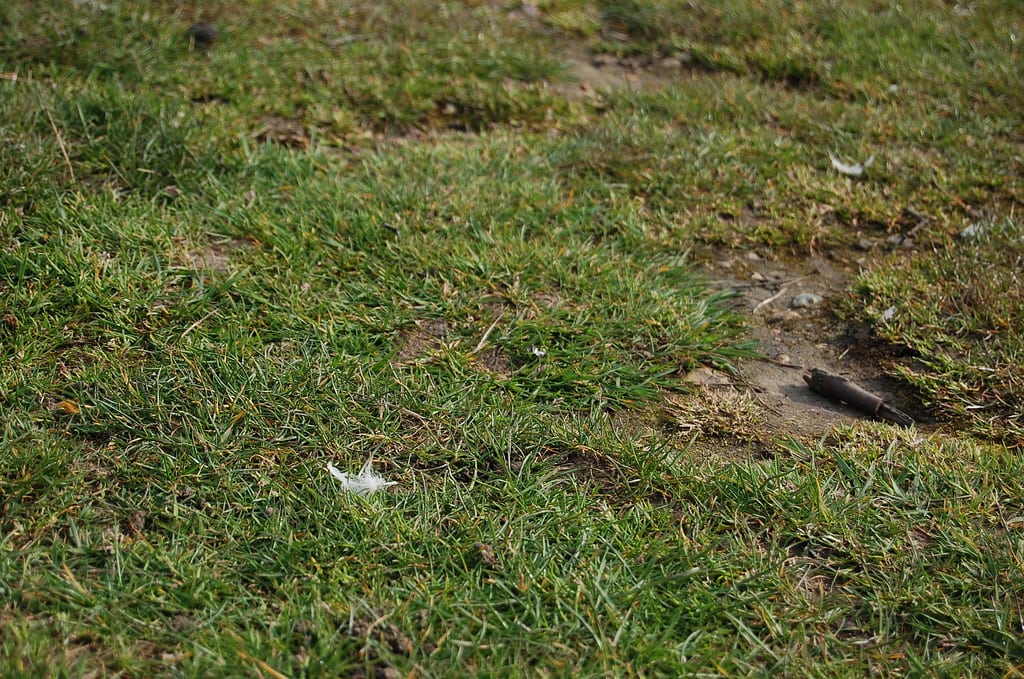Reasons For Patchy Grass: What To Do For A Receding Lawn


Every homeowner wants a lush, green lawn, but achieving it can be a lot of work. Then, imagine if your beautiful grass begins to die, leaving brown spots all over the lawn. If your lawn is receding in areas, resulting in patchy grass and dead spots, there could be any number of reasons. Diagnose your problem and take corrective steps.
Reasons Grass is Disappearing
The most common reason that lawns deteriorate and patchy areas of poor or no growth develop is the lack of sunlight. Grass thrives on full sun, so if you have shady areas, a fence that has just gone up, or a new tree blocking sunlight, you may start to lose patches of green. There are, of course, other potential issues if you know your lawn is getting enough sunlight:
- Drought and lack of water
- Overwatering, resulting in root rot
- Dog urine
- Too much fertilizer
- Over-application of herbicide for weeds
- Pests eating grass and its roots
What to Do for a Receding Lawn
Fixing your thinning lawn requires that you re-seed or use sod to recover the patches lost, but before you do that, it’s important to determine what caused the thinning and to take steps to correct it so it won’t happen again. Many of the issues that cause patchy and receding grass are simple to fix: reduce watering, water more, use less fertilizer or herbicide, or take your dog for a walk. Shade may not be fixable, but you can re-seed with a grass variety that tolerates shade better or use groundcover in shady areas instead. Pests can be a little trickier. First, you need to figure out what pest is invading your grass, and then you can use an appropriate treatment. A big sign that you have pests killing your grass is the presence of birds picking at the lawn in the morning.
- Leatherjackets/crane flies. Leatherjackets are the larvae of crane flies and are thin, grayish worms that you’ll see eating the roots if you pull back the grass.
- Chinch bugs. Adult chinch bugs are small and black with white wings, while the nymphs are reddish-pink.
- Grubs. Grubs can be seen feeding on grass roots. They are white and C-shaped.
Both grubs and leatherjackets can be managed without pesticides. Look for the appropriate nematode to apply to your lawn. The beneficial nematodes will infect them with bacteria. Milky spore is another option. Chinch bugs may need to be controlled with pesticides, but you can try less toxic options first, like diatomaceous earth or insecticidal soap.
Sign up for the Gardening Know How newsletter today and receive a free copy of our e-book "How to Grow Delicious Tomatoes".

Mary Ellen Ellis has been gardening for over 20 years. With degrees in Chemistry and Biology, Mary Ellen's specialties are flowers, native plants, and herbs.